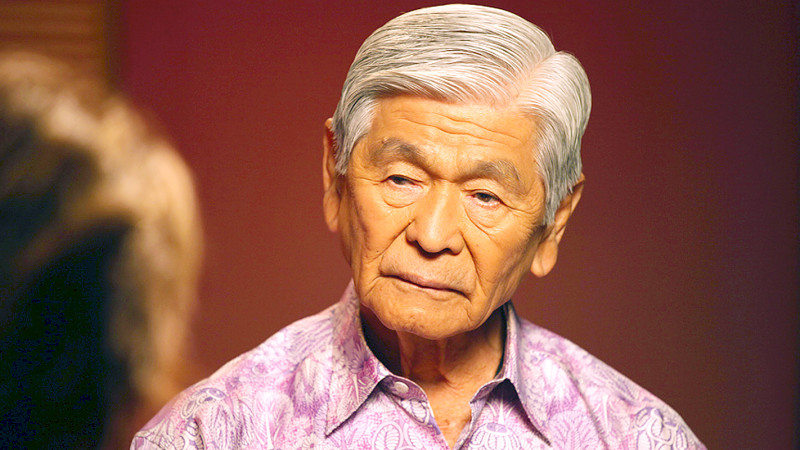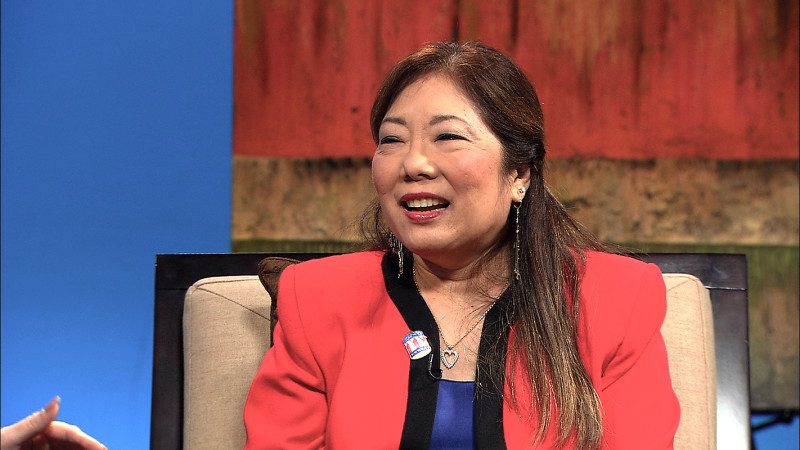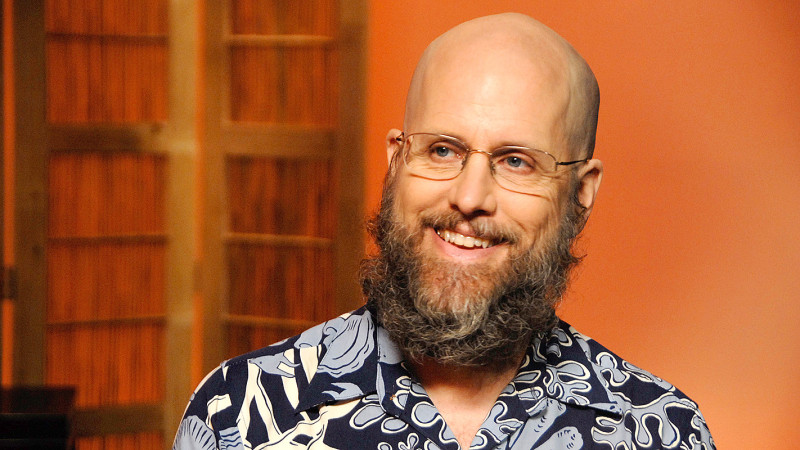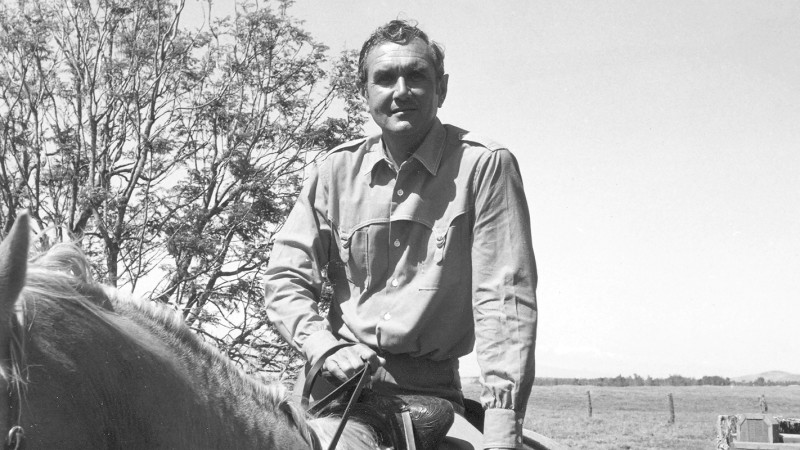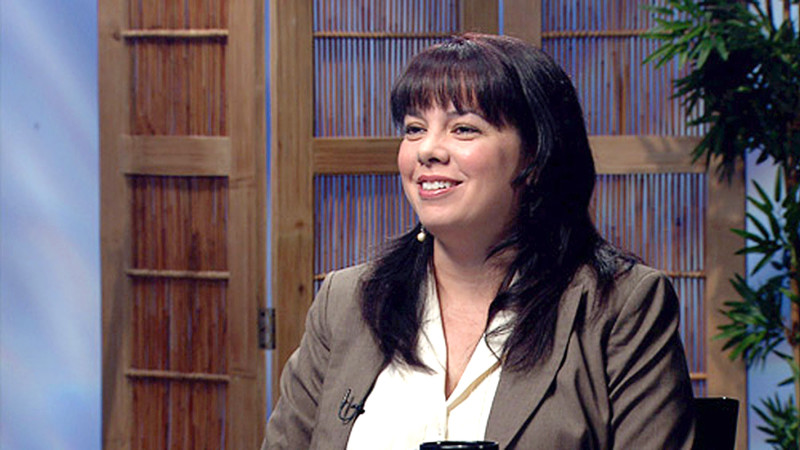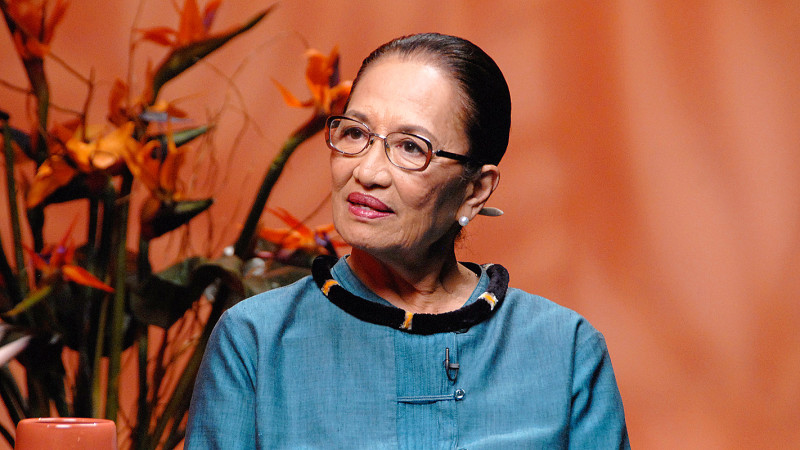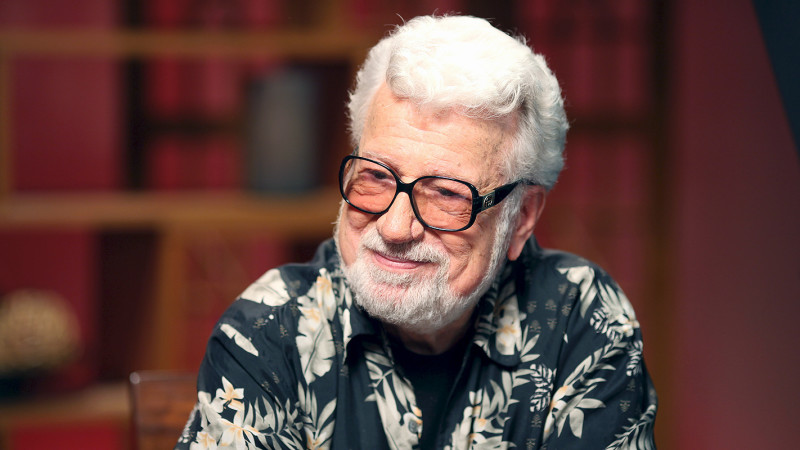Leslie Wilcox continues her conversation with Governor George Ariyoshi. Under the tutelage of Governor John Burns, Ariyoshi learned about building consensus and remaining true to his ideals. Ariyoshi addresses how this helped him navigate political and philosophical challenges throughout his 12 years as governor, and shares his vision for Hawaiʻi's future.
Leslie Wilcox talks story with Nakeʻu Awai, a Kalihi-based clothing designer renowned for his timeless and unique island wear. Nakeʻu initially pursued an entertainment career that led him to Broadway and Hollywood. Eventually he returned home, where he found his calling in fashion design. For three decades, Nakeʻu's creative Hawaiian prints and equally stunning fashion shows have wowed clientele throughout the islands.
A veteran public school teacher and DOE administrator, Gail Awakuni became principal at Campbell High School just before the school year began in 2000. The school was known for gang and discipline problems. It posted some of the lowest test scores and highest drop-out rates in the state. Fewer than half its students were graduating. This year? The school says 99% of its seniors will earn diplomas. Test scores are way up. And Campbell High School is earning academic awards and accolades. What happened? We’re about to meet a petite and powerful agent of change named Gail Awakuni.
DeSoto Brown is a lifetime collector and Hawaiian historian who has the perfect job for someone with a passion for preserving the past: he is the Collections Manager at the Bishop Museum Archives. Descended from famous 19th century Hawaiian historian and writer John Papa I'i, DeSoto surrounds himself with personal and political possessions from Hawaiian Ali'i, as well as stacks of other materials representing Hawai‘i's cultural and natural history.
Billy Bergin was born in Laupahoehoe, a remote, coastal village on Hawaii Island where his father was the plantation doctor. For a time, he was raised by a Hawaiian cowboy on a nearby ranch. And, when he grew up, Billy chose a profession that was, “right down the middle” between being a doctor and a cowboy. Billy Bergin became a veterinarian, a position for which he served at Parker Ranch for 25 years.
Leslie Wilcox visits with Mary Bitterman, who was the Executive Director of PBS Hawai‘i (then referred to as KHET) from 1974 to 1979. The youngest Executive Director of a PBS station at the time, she headed KHET at the time of the groundbreaking production of Aldyth Morris' "Damien", which won the George Foster Peabody Award and was aired on PBS stations nationwide. She went on to become the President and CEO of KQED - the PBS television station in San Francisco - and was board chair of PBS. Mary is now Chair of the PBS Foundation and head of the Bernard Osher Foundation, which provides scholarship funding to selected colleges and universities.
In "A Writer's Journey" Leslie Wilcox talks story with Lee Cataluna, best known for her witty stage plays and newspaper columns about island life. In this episode, Lee recalls her self-proclaimed "dorky" childhood on the neighbor islands, mainly on Maui. Once an aspiring dancer, Lee reveals how she entered the worlds of journalism and playwriting.
Momi Cazimero, one of Hawaii's most accomplished and respected graphic artists, talks story with Leslie Wilcox about how she turned adversity into success when she opened Graphic House - the first woman-owned design firm in Hawaii.
He was an entrepreneurial showman, best known in the 1960s through the '80s for staging risque spectacles in Honolulu nightclubs. On this episode of Long Story Short with Leslie Wilcox, Jack Cione, now retired, reflects on his colorful business life in Honolulu, which included highly publicized arrests. He freely and gleefully admits that it was he who called the news outlets when police arrived. Women would become some of his best customers – at luncheons featuring nude waiters.
In this edition of Long Story Short, Leslie Wilcox talks story with a true Renaissance man. John Clark relates how learning to surf at a young age led him to become a waterman, lifeguard, fire fighter, historian, and writer. The author of a series of books on Hawaii's beaches, John Clark took the innate curiosity that we all have and hunted down the source and mo'olelo, or stories, behind the names of Hawaii's surf spots and shoreline landmarks. Find out how this descendent of a sea captain is doing his part to keep Hawaiian stories and characters alive.


